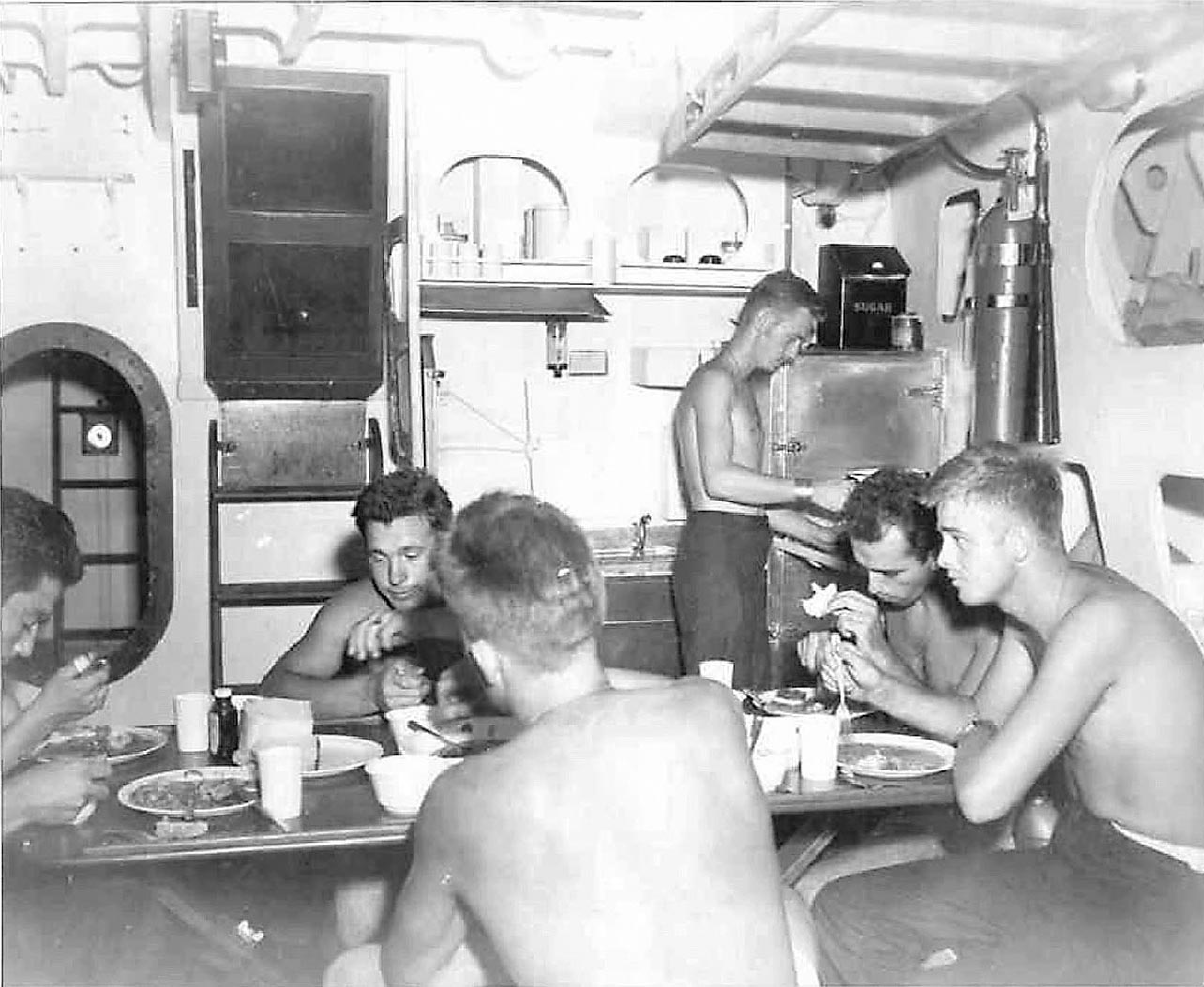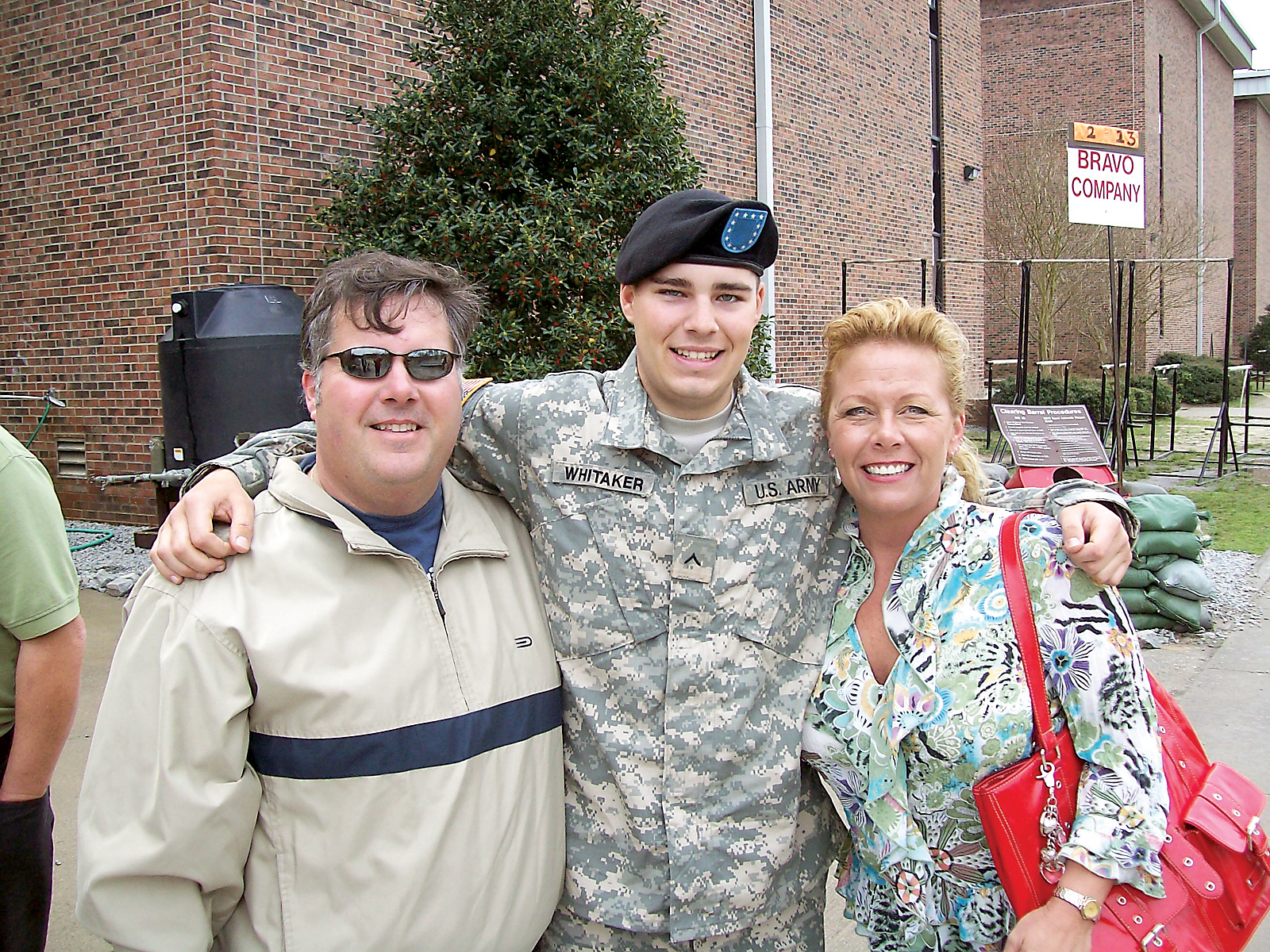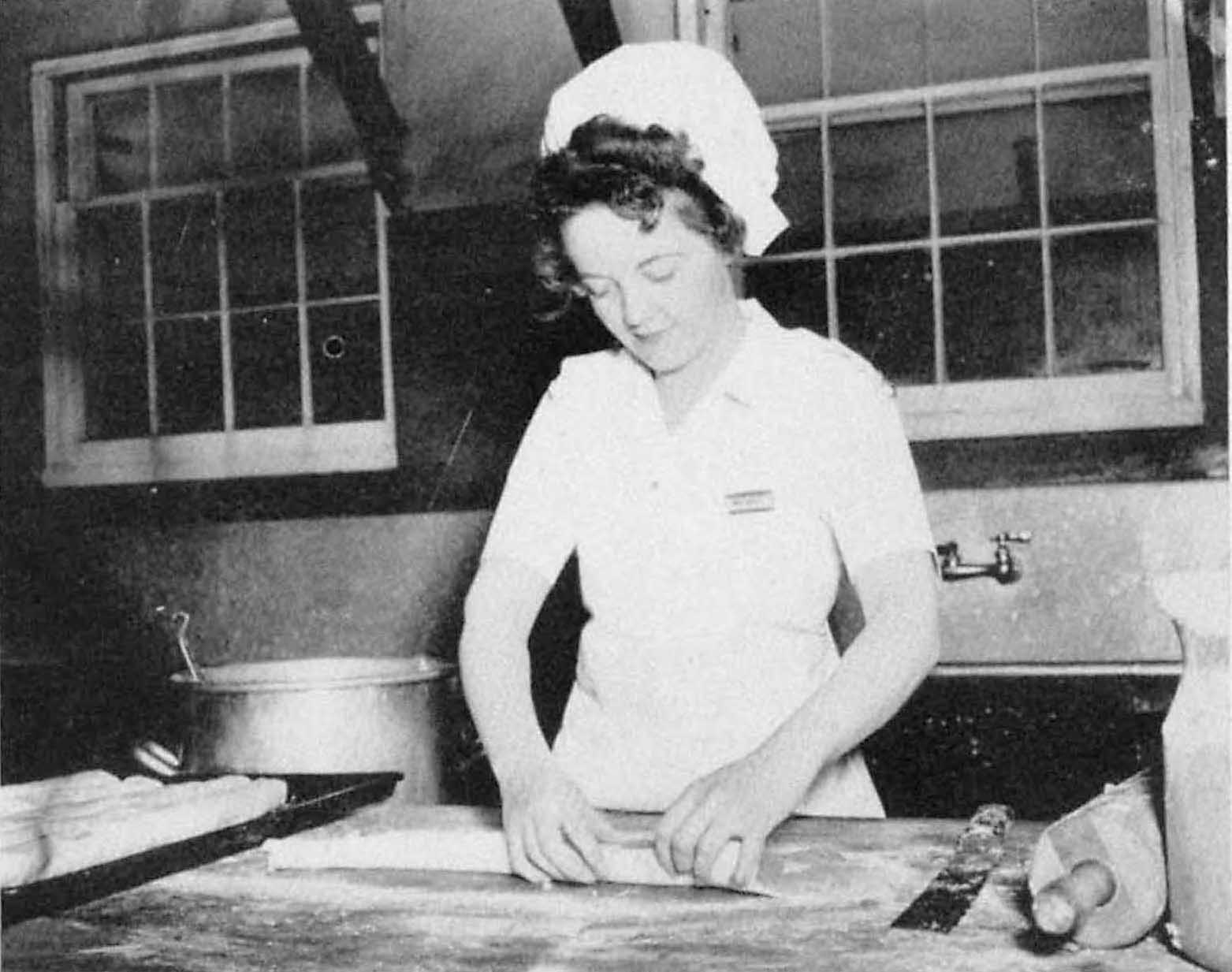Author/foodie's new book details feeding of soldiers during World War II at homefront, frontlines
Friday, January 1, 1904
The Krystal Chik was officially introduced in 1998, but a new book reveals the sandwich created by the Chattanooga-founded fast-food chain actually made its debut during World War II.
"Bullets and Bread: The World War II Story of Feeding Americans at Home and on the Battlefield," by Chattanooga author Kent Whitaker, also discloses that England's Queen Mother desperately needed her Tabasco sauce during the war, that the Allies concealed their use of radar with a convincing story of their carrot-rich diet in the accuracy of bombing runs, that M&Ms were introduced in 1941 as a candy for American GIs, and that Adolph Hitler fancied cream cakes.
The author, who has written several cookbooks and is a self-described foodie, says he was in a store in Dahlonega, Ga., in 2008 when a mention about one of his previous cookbooks led to a conversation in which several military veterans began talking about their escapades with food during their recent time in the service.
"That's neat -- wow," Whitaker remembers thinking. "Somebody needs to write these down."
That somebody turned out to be him, though his History Publishing Co. helped him narrow the focus to WWII. The book is part veterans' memories, part cookbook and part narrative about food's involvement in various aspects of the war, from rations to food on trucks, planes and ships to homefront victory gardens.
Most compelling are the memories, which Whitaker says came from sit-down interviews, handwritten or typed letters, emails and shipboard remembrances.
One of his two favorites comes from his uncle, J.W. Watson, who arrived at a camp in the Pacific just in time for breakfast. The breakfast, he says, was the most filling and substantial of his service in WWII. Just after the meal, though, the area was quickly cleaned and scraps of food buried -- just before the arrival of several members of the military police, who were looking for food that had been appropriated from higher-ups. Somehow, no one in the camp, from cooks to soldiers with full bellies, knew anything about it.
"That was the only war story he ever told," Whitaker says.
Another tale came from Bob Williams of Pensacola, Fla., who recalls having a foul mutton stew with navy beans for breakfast on his first day of basic training. If that wasn't bad enough, he says, the dish seemed to follow him from that initial camp in Maryland to camp meals in Mississippi, Alabama and Louisiana.
Whitaker says his research also turned up various local connections to the war such as Krystal's offering of a chicken-and-egg sandwich when beef was rationed, Fort Oglethorpe's tasty bread supply from its German prison-of-war bakers, Coca-Cola's general growth through the building of bottling plants close to war fronts and the original use as a rations-packing factory of the St. Elmo building that now houses Moccasin Bend Brewing Co.
What surprised him most, he says, was the food industry's conversion to a war footing in the same way the heavy manufacturing industries did.
"That whole concept took place with farmers and packers, with refrigeration and paper packages," Whitaker says. "It was a way to get more yield, but it also was a boon for that [food] industry. It transformed over the course of the war."
Not only did the industry improve its branding and the use of frozen foods, he says, but it continued to evolve after the war as immigrants poured into the country and soldiers brought back a desire for foods they'd tasted while overseas.
"The whole foodie thing started growing," he says.
As a rule, Whitaker says, Allied troops ate better than Axis troops, shipboard troops ate better than ground troops, and all U.S. troops ate well at Thanksgiving and Christmas.
Chris McKeever, executive director of the 6th Cavalry Museum in Fort Oglethorpe, says that among the artifacts on display from the former Army base are menus from the sumptuous Thanksgiving and Christmas dinners. Some of the menus, she says, include cigarettes and cigars, and potato chips listed as a vegetable.
"They also would list who would be in the company," she says. "It's amazing how many people [loved ones have] found."
Bob Honeycutt, founder of the Veterans of All Wars Museum in Chickamauga, Ga., also contributed a story to the book before his death in 2012. He wrote about how the talk among U.S. soldiers turned to food during their march to a German prisoner-of-war camp.
"We would talk abut getting home and eating a steak about the size of our hand," he says. "By the time we were done talking, we had a steak about the size of a car. It passed the time of the forced march."
On the homefront, according to Whitaker, families planted victory gardens to supply their needs, so commercially grown vegetables could go directly to troops.
"There were government pamphlets on how to do it, growing charts," he says. "You would coordinate with neighbors. It was a big effort. It lessened the burden."
The recipes in his book, Whitaker says, come from WWII cooking manuals, museum collections, WWII-era cookbooks, pamphlets and other sources. A general caveat indicates that cooking methods, ingredients and safety precautions have changed since then, so let the cook beware.
Nevertheless, he says, he used one of the recipes to cook for a crowd of 100 at a cookoff fundraiser for the 6th Cavalry Museum. He chose creamed dried beef on toast -- better known to soldiers as S.O.S. (look up what it stands for) -- and lost the cookoff to several veterans "like we should have," even though he insists the dish wasn't too bad.
Whitaker says he's also made book contributor Earl Richmond's recipes for Spam, an iconic mainstay for troops, with orange marmalade.
"I like it," he says, "but I didn't have to eat it eight weeks in a row."
Contact staff writer Clint Cooper at ccooper@timesfreepress.com or 423-757-6497. Subscribe to my posts online at Facebook.com/ClintCooperCTFP.



